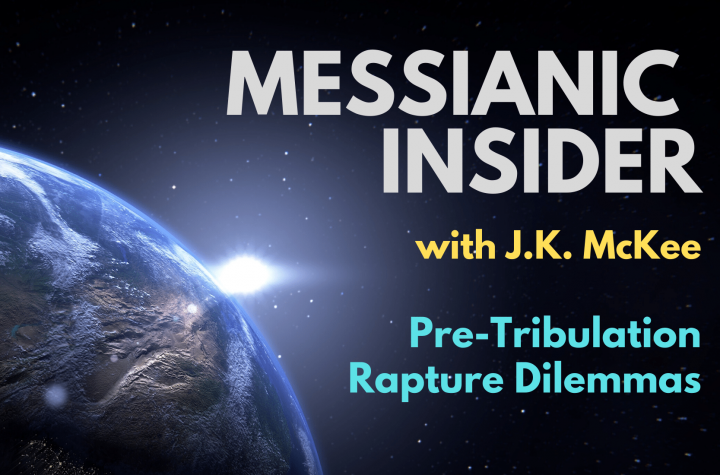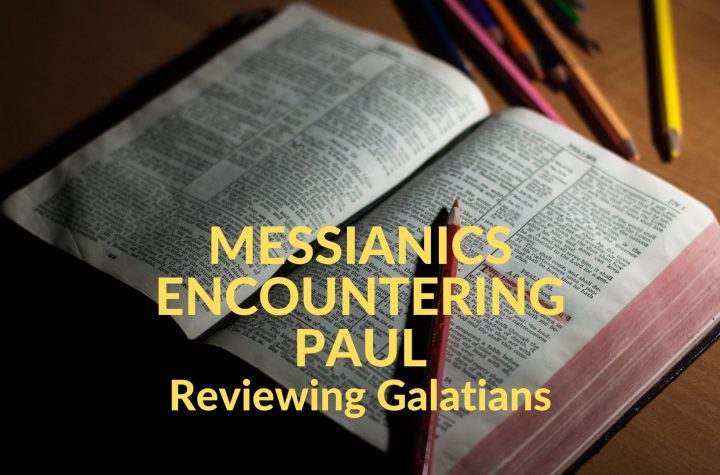J.K. McKee of Messianic Apologetics discusses some of difficulties today’s Messianic people have in approaching a rather mundane theological debate such as pre- versus post-trib.
J.K. McKee
J.K. McKee of Messianic Apologetics talks about how the Coronavirus crisis is going to change the lives of Messiah followers the world over.
J.K. McKee of Messianic Apologetics will be reviewing important passages from 2 Corinthians.
J.K. McKee of Messianic Apologetics reviews a recent and timely article by Myriam Levy Chernoff on the need for Messianic Judaism to return to its original purpose of Jewish outreach.
J.K. McKee of Messianic Apologetics discusses how Jewish and non-Jewish Believers often find themselves in the Messianic movement, and the various dynamics that we see in many Messianic congregations and fellowships.




